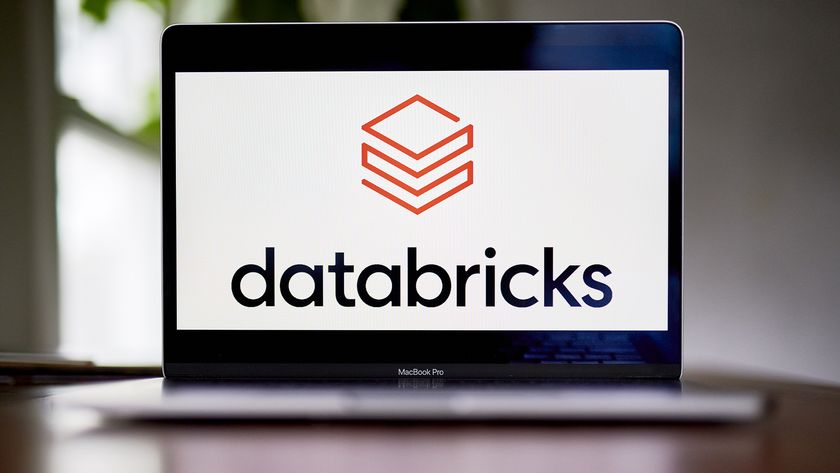Since the 1990s, Qualcomm has been a major player in the mobile chip industry. For most of that time, advertising has been an afterthought for the San Diego-based company.
Most of Qualcomm's marketing has been directed at a specific category of tech enthusiasts keenly interested in the components used in their devices. It has taken the form of YouTube videos, Internet ads and social media instead of TV commercials and other pricey campaigns.
In October, Qualcomm is set to start a new branding campaign, coinciding with the launch of tablets and other devices using its chips and Microsoft's next-generation Windows platform.
As part of the drive, Qualcomm will share advertising with manufacturers to showcase features of its chips, said Tim McDonough, a Qualcomm vice president responsible for marketing the company's Snapdragon mobile processors.
You'll start to see the Snapdragon brand appearing in a lot more places.
"You'll start to see the Snapdragon brand appearing in a lot more places. But the key is having it appear in places where it has value to the user as a starting point. Right now, the consumer is saying, 'I'm ready for my next phone, I'm not sure what to buy, and I need some help,'" McDonough said, in a telephone interview.
McDonough would not say how much Qualcomm plans to spend on advertising to counter Intel, which last year even paid hit Korean pop group Girls' Generation for TV ads and a single written for Intel.
Get the ITPro. daily newsletter
Sign up today and you will receive a free copy of our Focus Report 2025 - the leading guidance on AI, cybersecurity and other IT challenges as per 700+ senior executives
Signaling its growing interest in creating brand awareness, Qualcomm renamed a professional football venue in San Diego "Snapdragon Stadium" for a few days last year.
And suggesting Qualcomm sees the PC industry as a model for its marketing, it hired a new chief marketing officer, Anand Chandrasekher, a veteran Intel senior executive, in August.
As much smaller Nvidia transitions to the mobile market, it aims to capitalize on game enthusiasts who are passionate about its PC graphics chips. Its well-oiled marketing department hosts tournaments and aggressively interacts with industry pundits.
Last year, Nvidia spent just $9.5 million on advertising, a sum that can't buy anything close to Intel's broad recognition. But it can help win loyalty from a narrow but influential group of young men.
"Intel spends way more money branding Intel Inside, but we'll go to events, and gamers will come up to us with the Nvidia logo tattooed on their body, shaved on their head," said Ujesh Desai, Nvidia's vice president of corporate marketing.
Leveraging its popularity with game fans, Nvidia has created Tegra Zone, a collection of games optimized to work better on mobile devices using Nvidia's Tegra processors. Ads for tablets like Google's Nexus 7 boast of Nvidia's punchy graphics.
"Our tack doesn't start with, 'How much are we going to pay you so you put our logo on there?' Our tack is more, 'Here's how we can partner with you so we can create a great experience,'" Desai said.
With stagnant PC sales, executives see mobile gadgets as the future. Annual sales of processors used in smartphones and tablets could hit $25 billion by 2016, compared with $9 billion last year, according to market research firm Strategy Analytics.
As formidable as the Intel Inside brand may be, extending it from PCs to a new world of smartphones and tablets has risks.
Competition in mobile is fierce. If Intel fails to deliver the top performance that people associate with "Intel Inside," the chipmaker could damage its prized image.
"Putting an ingredient brand on the outside of your product should be like driving a sports car, something you want people to see you do because it's better," said Andy Smith, a former Intel employee who was involved with the "Intel Inside" campaign in the late 1990s. "But if the reality is that there's nothing great about the chips, then it's going to be hard for them to repeat it."
ITPro is a global business technology website providing the latest news, analysis, and business insight for IT decision-makers. Whether it's cyber security, cloud computing, IT infrastructure, or business strategy, we aim to equip leaders with the data they need to make informed IT investments.
For regular updates delivered to your inbox and social feeds, be sure to sign up to our daily newsletter and follow on us LinkedIn and Twitter.
















